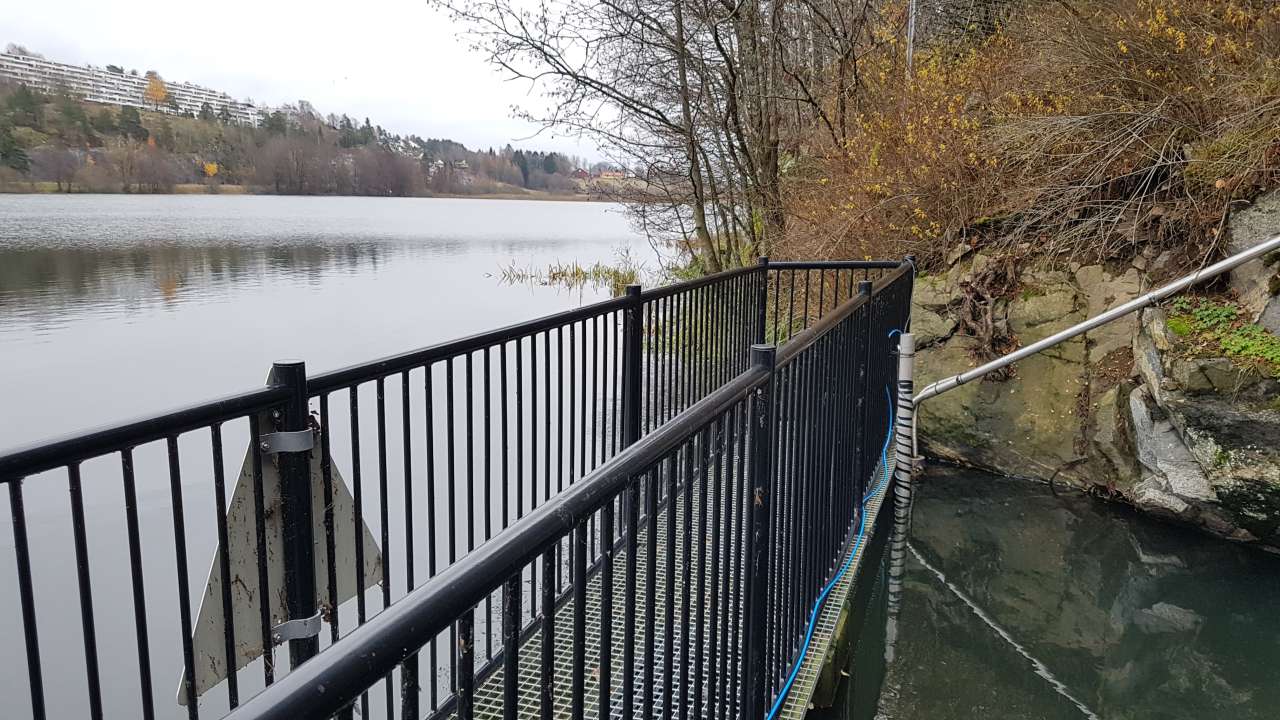Possible road salt alternative

Photo: Johanna Skrutvold.
NIBIO has been monitoring the streams into and out of the Østensjøvannet lake to find out whether sodium formate as a de-icing agent causes fewer environmental issues than standard road salt.
Because of the negative effects of road salt (NaCl), Oslo's Agency for the Urban Environment has been testing out more degradable de-icing agents on its network of roads and cycleways. One of the alternatives is sodium formate, a de-icing agent that is also used at airports. The de-icing agent has been tested out on roads near the Østensjøvannet lake near Oslo.
Project manager Johanna Skrutvold says that sodium formate does not appear to have caused more immediate environmental issues than road salt. This is despite the fact that formates can generate an increased organic load in water, because oxygen is needed to break it down. This can lower oxygen levels in water, particularly at the bottom, which is not ideal for the organisms that live there. However, in Østensjøvannet they do not appear to have reduced after the transition from standard salt to sodium formate as a de-icing agent nearby.
Because of the high load from wastewater and other pollution, oxygen levels in the lake are far from optimum when the lake is frozen over. However, Østensjøvannet is well equipped to deal with salt loads because it is long and shallow.
"This means that there is relatively good circulation, unlike in deeper lakes where there can be a permanent saltwater layer and poor oxygen levels at the bottom," says Skrutvold.
She emphasises that only a small part of the total area has been studied over just two winter seasons. The volume of de-icing agent used is also small in relation to what is used on roads that also drain to Østensjøvannet, such as the E6. This means we are still not sure of the impact that large volumes of formate may have, and what the long-term effects of sodium formate use may be.
